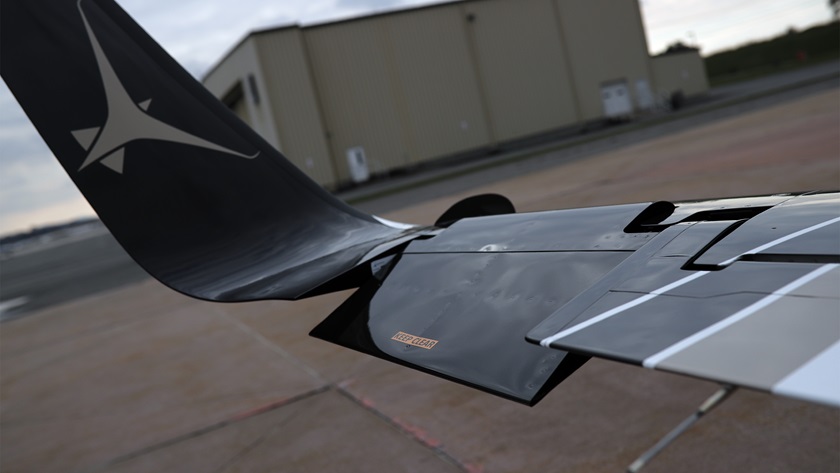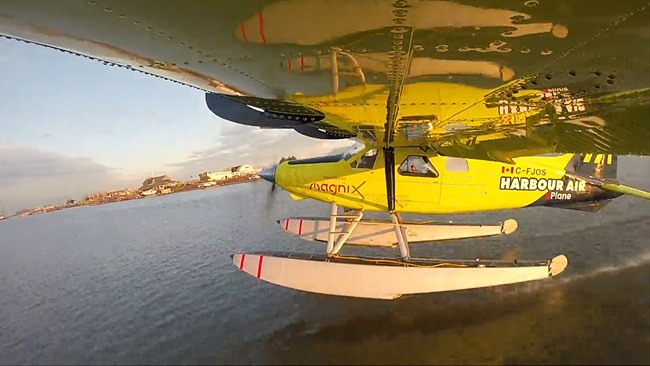Tamarack enters Chapter 11 bankruptcy
Tamarack Aerospace has filed Chapter 11 bankruptcy in the aftermath of U.S. and European regulators grounding the 91 Cessna Citation jets equipped with its ATLAS active winglet system.

In a June 7 announcement, the Sandpoint, Idaho-based company said it remained committed to working with the FAA and the European Union Aviation Safety Agency to resolve safety concerns “at the earliest possible hour.”
The troubles with Tamarack’s performance-enhancing winglet-system modifications for Cessna 525, 525A, and 525B twinjets began in April when EASA issued an AD noting that the active load alleviation system (ATLAS) appeared to have malfunctioned, “causing upset events where, in some cases, the pilots had difficulty to recover the aeroplane to safe flight.”
The FAA issued a corresponding AD on May 24, immediately grounding affected airplanes.
On May 30, AOPA reported Tamarack’s formal response to the FAA’s action, in which the company urged that two previously issued mandatory service bulletins, already adopted by most operators of the 76 winglet-modified U.S. aircraft be accepted as the resolution of the safety concerns.
Sixty-nine of the 76 U.S. aircraft affected have already undergone the recommended upgrades, with no incidents reported, Tamarack said in its formal comments.
The company also questioned the validity of a loss-of-control incident report cited by EASA’s AD, and criticized the FAA for referring to an incomplete accident investigation in its AD documentation.
Tamarack said it expects its entrance into Chapter 11 bankruptcy—which allows parties to reorganize and pay creditors over time—to be temporary and would “ensure the long-term viability of the company,” although Tamarack added that the regulatory bodies “have been reluctant to provide an estimated timeframe” for acting on the company’s proposal to have the free ATLAS upgrades defined in its two service bulletins accepted as the remedy.
“Our goal is to complete the retrofit of the fleet with both upgrades as soon as possible, in anticipation that EASA and FAA will concurrently agree that these upgrades are considered the Terminating Action for these ADs,” the announcement said.


